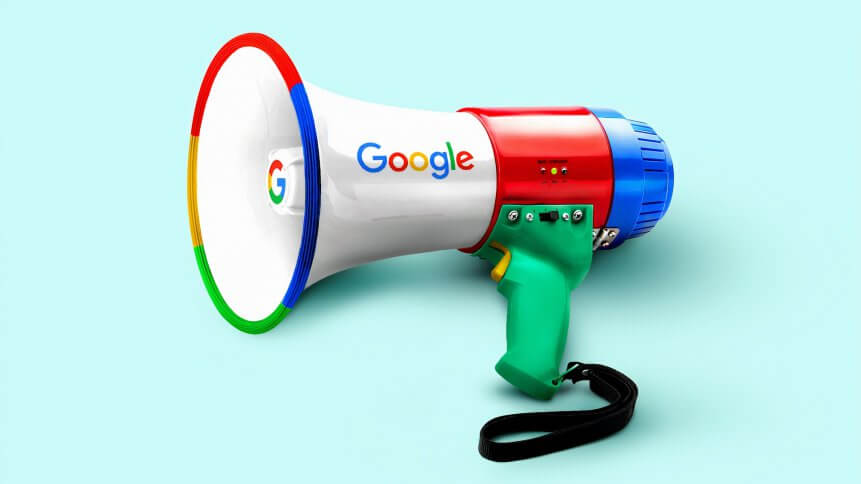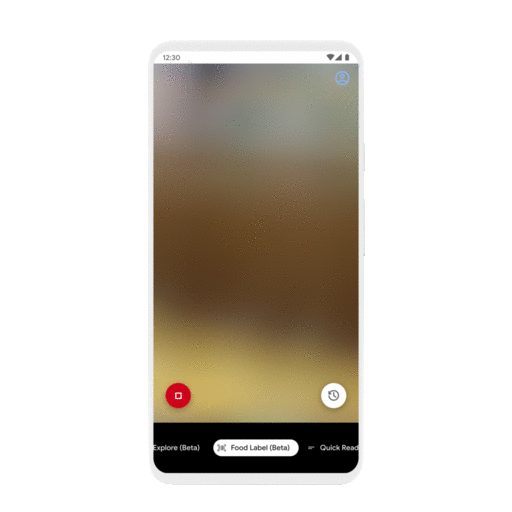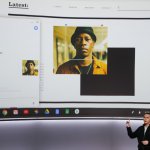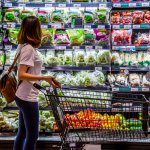Google Lookout app gives digital assist to visually-impaired

- Google expanded its Lookout App, launched last year with the aim of helping blind or visually impaired people navigate their surroundings
- New feature will enable the visually impaired community to identify food products
Google’s Lookout App can now identify food in the supermarket. The recent updates are part of a bigger movement to help the visually impaired navigate through daily life.
The app is powered by a similar technology that’s used in Google Lens, with a new feature that lets the app identify a product based on its visual appearance. The app has a database of about two million “popular products,” and its catalog changes according to where the user is in the world.
“Lookout helps those who are blind or have low vision identify information about their surroundings. It draws upon similar underlying technology as Google Lens, which lets you search and take action on the objects around you, simply by pointing your phone,” Google stated in a company’s blog post in March of last year.
In addition to the document scan mode, which enables the reading aloud of full pages of printed text, Lookout now has an additional food label mode. With the added developments, Lookout will be able to guide its users to position an item where the camera can identify it. A screen reader will then read aloud the description. The tech giant hopes the feature will help shoppers “distinguish between a can of corn and a can of green beans.”

Source: Google
According to figures projected by the group Europe Blind Union (EBU), more than 30 million blind and partially-sighted people live on the continent. In their lifetime, an average of one in 30 European citizens will experience some degree of sight loss.
Studies of assistive technology that aims to help the visually impaired in accessing the information on food labels have been running since the early 1990s. Recently, the volume of research expedited as we progress into a digital age. The most common approaches include developing audio, Braille, and using tactile labels. With the emergence of next-gen technology, other alternatives like scanners, screen reading software are also enabling the reading of food labels.
In the UK, the Department of Health and Social Care’s (DHSC) Equality Act 2010 urged businesses to make reasonable adjustments to accommodate individuals living with disabilities. This includes those with visual impairments. For retailers, that would mean making adjustments to food packaging and labels, so as to ensure that all shoppers are able to distinguish between a can of corn and a can of green beans.
UK retailer Co-op is one of the first to introduce braille to their packaging of medicines in 2001. Gradually, the Manchester-based supermarket started to include braille on their other in-house products from 2002.
This was a great surprise to find #braille on my @coopuk cereal box! Inclusion win! Now, why aren't big brand cereals doing the same? pic.twitter.com/a3QwPFIW3s
— Matt (@MattWTeach) April 27, 2017
Google’s Lookout App will empower the vision-impaired community as they would rely on personal devices to identify and select groceries, instead of relying on retailers to change and make the needed adjustments.










